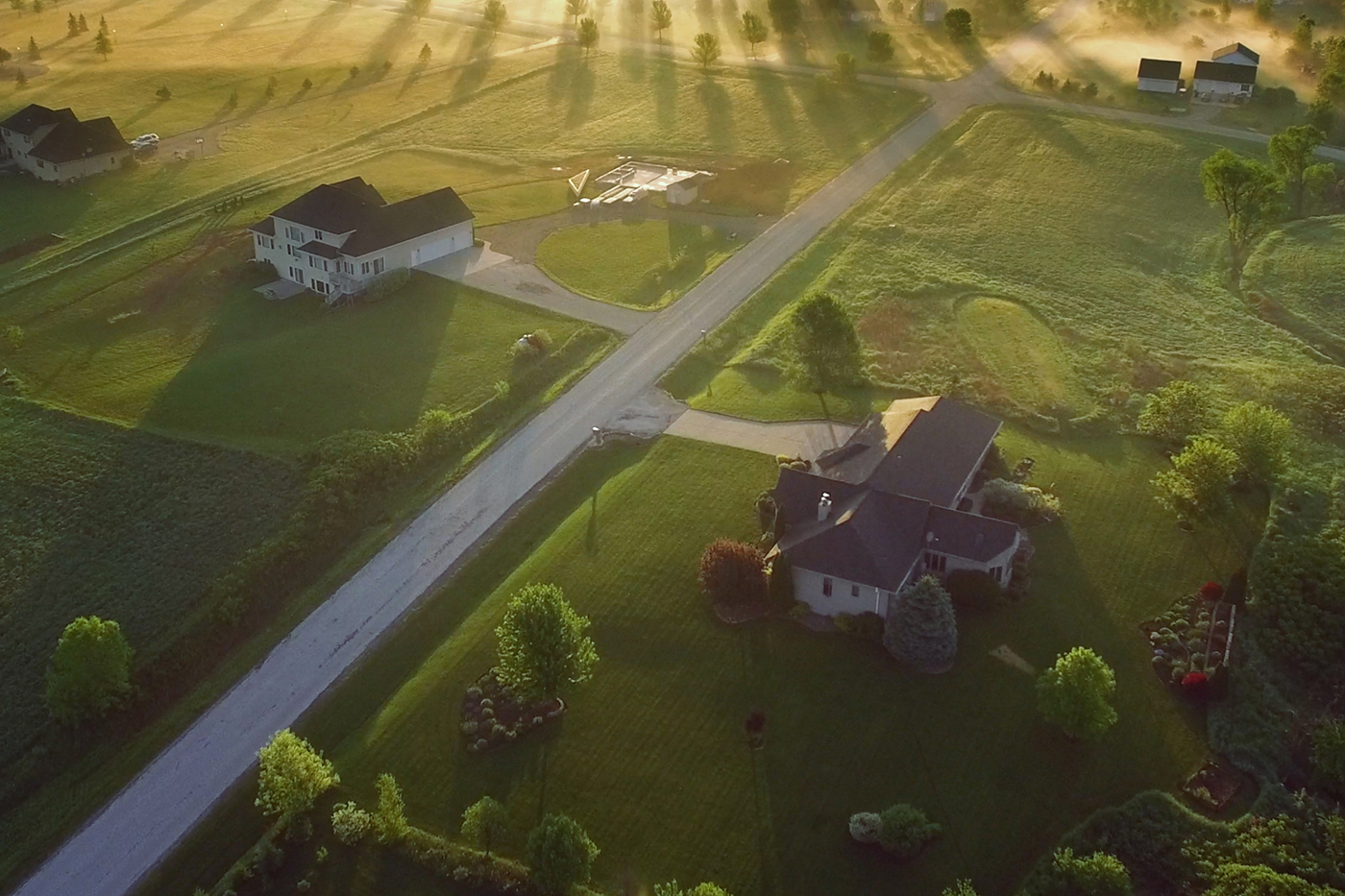Frontier Fiber
Frontier Fiber Internet offers high-speed internet using fiber optic cables to maximize the quality of streaming, downloading, and gaming.

When you try to order high-speed internet in the country, you get used to hearing “no.” That’s because most internet providers have to build expensive physical infrastructure to offer service in certain areas, and the fewer customers they sign per mile, the more money they lose installing the network.
Many internet service providers decide that internet for rural areas isn’t worth their resources, creating a digital divide between Americans that can and can’t get internet service at home.
But the divide may not be as wide as it seems. In 2008, the FCC pushed for faster, more reliable internet options for rural areas. And in 2018, the USDA introduced the ReConnect Program, which invested over $1 billion to expand the internet for rural areas and tribal lands. Rural internet providers today answer the call with five primary technologies: dial-up, satellite, DSL, WISP, and cellular broadband. In this guide, we’ll explore the strengths and weaknesses of each rural internet option and help you find providers.
We understand the struggle for rural service, and that’s why we partner with DSL and satellite internet providers. We’ll show you how to get high-speed internet in rural areas.
Frontier Fiber Internet offers high-speed internet using fiber optic cables to maximize the quality of streaming, downloading, and gaming.
Using a DSL connection, Frontier Internet converts existing phone lines into a high-quality internet experience for those out in the country.
Viasat Internet uses satellite technology to bring satellite internet to rural areas across America, allowing people to stream their favorite programs.
Not all internet is created equal, but based on your location, some rural internet options may be better than others. Check out the following rural internet options for more details!
Dial-up operates on existing telephone lines. The oldest form of internet available, dial-up works by using a modem to “call” your ISP and redirect the signal to your Ethernet wall port instead of your phone line.
Pros
Cons
Most rural internet providers offer enough speed for daily tasks like paying bills online, chatting with friends, or checking your inbox for today’s deals. Take a look at the guidelines below to choose a plan speed, or for help deciding, call and talk through your family’s internet use with one of our specialists.
Smart TV? Great! No smart TV? No problem! As long as you have an internet connection, you can watch your favorite shows on DISH. With DISH Anywhere, grab your favorite mobile or streaming device and watch DISH whenever and wherever you want.
What type of internet is best for rural areas?
Depending on your location, there are many internet options you can get in a rural location. What’s best for you might not be best for your neighbor miles down the road. From dial-up to DSL, the best internet for rural areas depends on your location.
What is the best way to get internet in rural areas?
The best way to get internet in rural areas is to find out what’s available to you first. Are there wireless internet service provider towers near you? Do you have open space where satellites can send signals? Whatever your rural layout is, the corresponding internet provider will give you the best reception.
How do you get internet in remote areas?
Living in a remote area can seem like an internet wasteland. Satellites get internet signals into your remotely located home with clear skies and little to no physical obstructions.
How do rural communities get internet?
There are five different ways rural communities get internet:
How can I get internet where there is none?
There may be a shortage in cable and fiber lines in some rural areas. While the internet infrastructure tries to catch up, there are alternatives to getting internet in your home. Satellites and cellular broadband can provide the much-needed online experience you need. You can also use your existing phone lines for dial-up and DSL, though they may not provide the high-speed internet you’re looking for.
How can I get faster internet in rural areas?
The fastest internet speeds in rural areas come from satellite internet providers and wireless internet service providers (WISP). These two options offer the fastest speeds for email, streaming, and surfing, as long as weather permits for satellites and there are wireless towers near your location for WISP.



